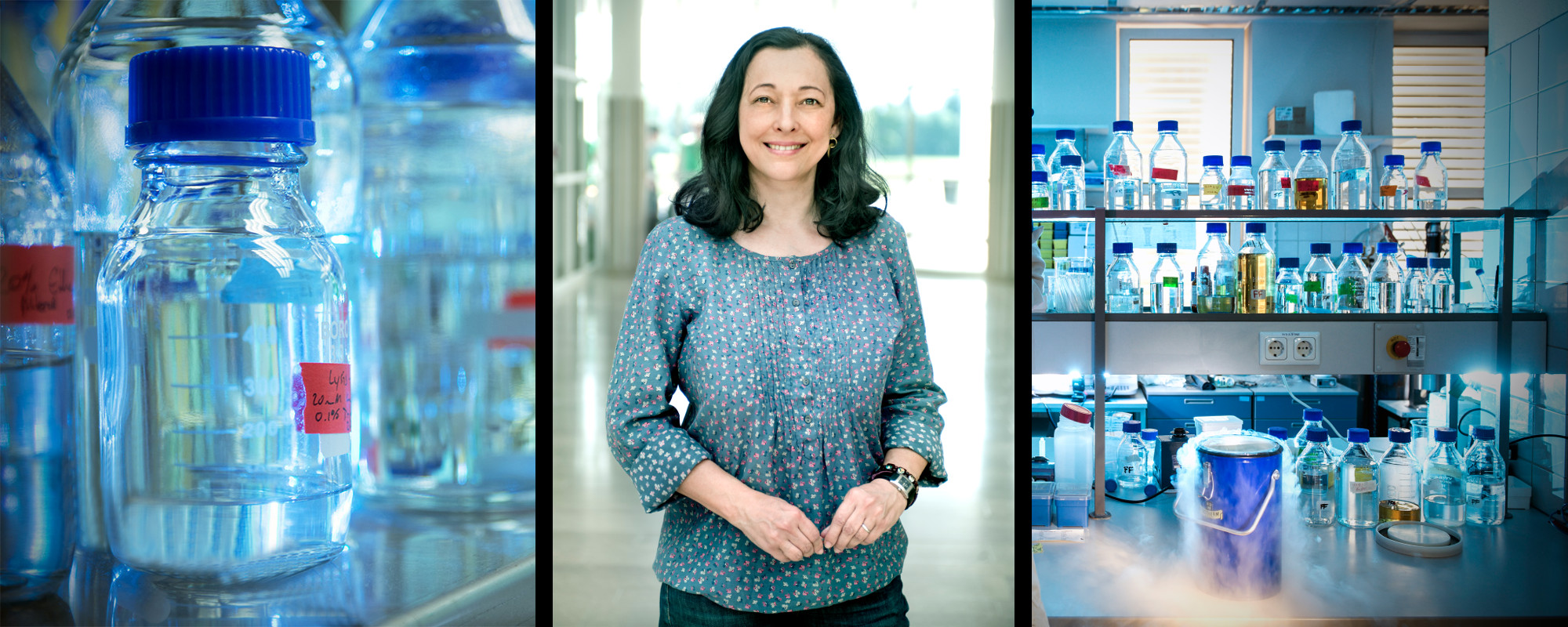
Type I allergic reactions comprise a wide range of IgE-mediated diseases, which affect more than 20% of the population and represent a major health problem worldwide. The primary interest of our group is the development of new tools for allergy diagnosis and for safer and more efficient vaccines for allergy. Our research focuses on allergic reactions triggered by pollen (birch, mugwort, ragweed), mites, and foodstuffs (apple, peach, celery, nuts). One major goal of our research is to understand why some proteins are allergenic and others not.
The identification of novel allergen molecules is essential for improving molecule-based allergy diagnosis. For this purpose, we have established methods for cloning and recombinant production of allergens in heterologous expression systems like bacteria, yeast and plants. The identity and secondary structure elements of the purified allergens are routinely characterized using physicochemical (gel electrophoresis, mass spectrometry, amino acid analysis, circular dichroism, dynamic light scattering) and a wide array of immunological methods (ELISA, mediator release assays, simulated antigen processing assays, uptake by antigen presenting cells, immunization models).
Well-characterized allergen molecules are used for diagnostic studies including the development of allergen microarrays. Another goal of our group is the generation of safe and efficient tools for allergy vaccination. Using knowledge-based approaches, we have developed hypoallergenic molecules of important pollen and food sources (e.g. birch pollen, peach). Before clinical trials, the efficacy of candidate vaccines is usually tested in murine models of allergic sensitization. The hypoallergenic birch pollen vaccine BM4, which was developed in our lab, is currently being clinically evaluated in the framework of a project financed by the European Union. As member of the Christian Doppler Laboratory for Biosimilar Characterization, we want to generate novel structural and immunological tools for comparison of originator biopharmaceuticals and biosimilars.




